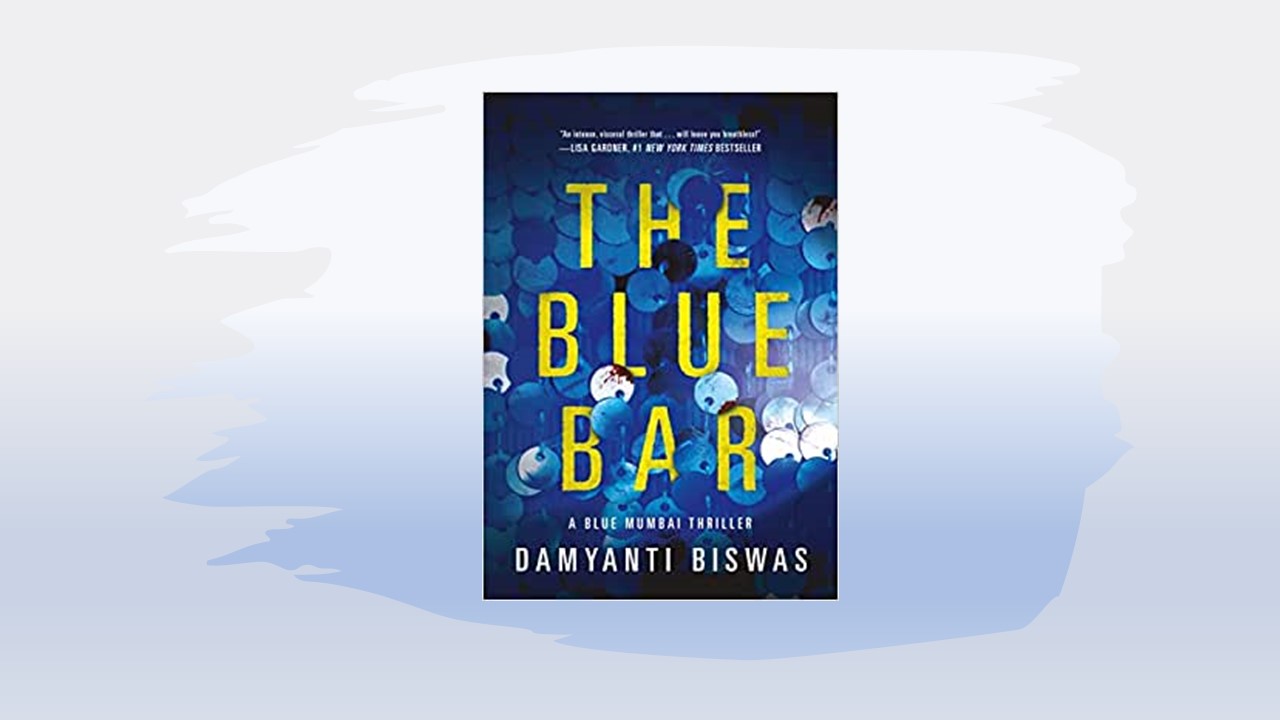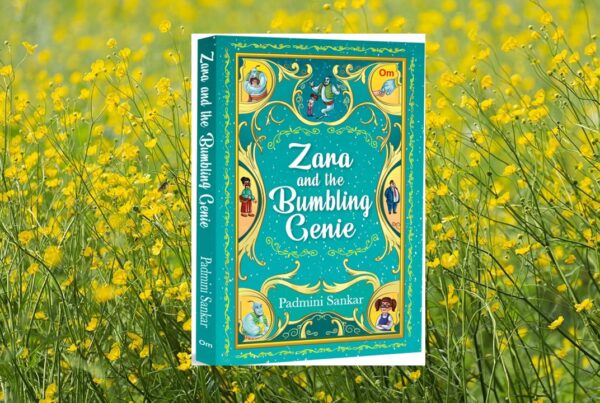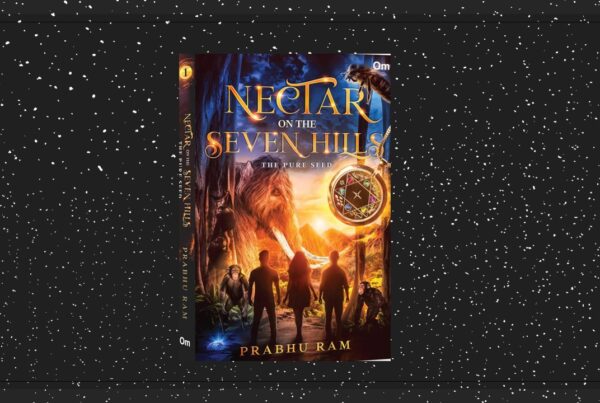Damyanti Biswas’s The Blue Bar is a fast-paced crime thriller set in Mumbai. It is gritty and intriguing, with plot twists and suspense.
Why are bar dancers asked to wear blue sarees and tasked with appearing at a railway station for three minutes? Who is behind the gruesome deaths of women whose mutilated remains are found in different parts of the city? Is this the work of a serial killer or some deranged maniac, and what could be his motive?
The police officer tasked with the investigation of these crimes is Arnav Singh Rajput, the central protagonist. He is a man wrestling with the demons of his past. He cannot come to terms with the twin tragedies in his life; his elder sister’s untimely demise and his bar dancer girlfriend Tara’s overnight disappearance, thirteen years ago. Arnav panics every time a body is discovered; he fears that it could be Tara.
Welcome to Mumbai’s underbelly; you have rival dons, their henchmen, police informants, and an unholy nexus between criminals and the enforcers of the law. At the heart of it is the Blue Bar, a dance bar with seedy connections. There is an incomplete love story, an ominous serial killer who harbours dark secrets, and shadows from the past that keep resurfacing. The characters are multi-layered, and not everyone is what they seem on the surface.
The book takes a look at the hierarchy and bureaucracy in the police force and how an honest investigation is disrupted. It creates empathy in the reader toward the plight of the bar dancers who work hard in the hope of creating a better life but are at the mercy of middlemen.
This book is not for the faint-hearted; some parts are gory, and there is mention of child abuse, making it dark and intense. The Blue bar is a haunting read; one that makes you uncomfortable with the questions it raises. What happens when investigations are shut down by the rich and the influential? How is a bar dancer’s safety assured? Would anyone go looking for them if they disappear overnight?
The author makes it an authentic read by inserting the local dialect, famous locations, and local food. Mumbai city comes alive through her vivid, visual depiction. I could predict who the killer was, but there was another reveal at the end, which caught me by surprise. To nit-pick, I found errors in the Malayalam dialogues and names, with some of the words being in Tamil. But that did not take away the joy of reading.
I found this book to be the perfect potboiler and great for an onscreen adaption. A riveting read, indeed!




